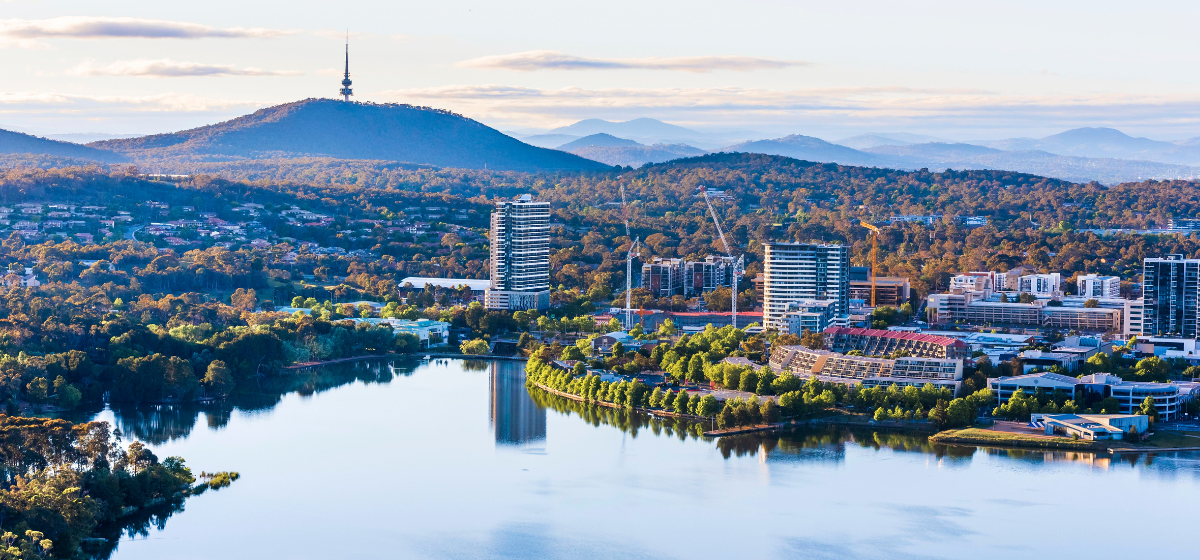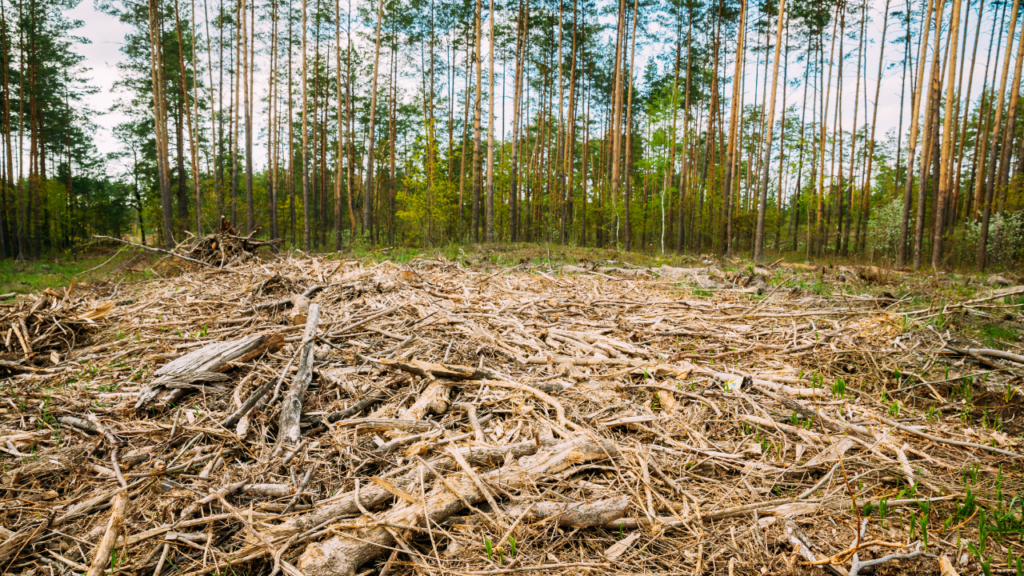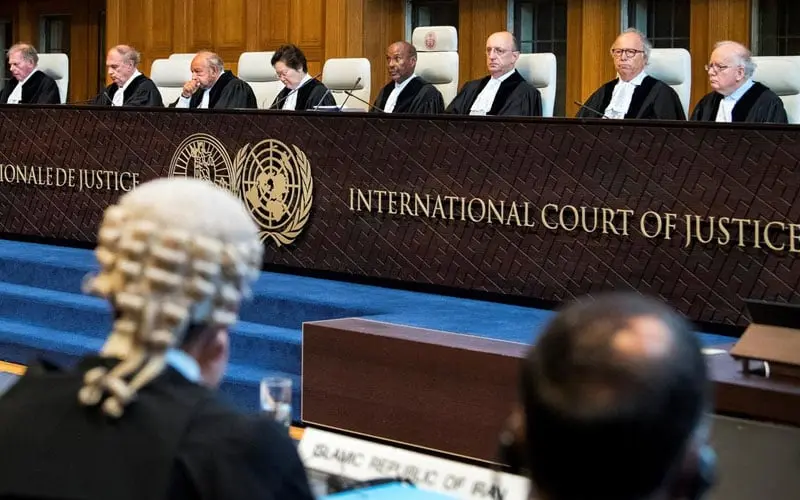First off, what is all of this?
As part of the current Federal Government’s election commitments, this year the Climate Change Authority was reinstated. This Authority is responsible for providing independent advice to the Government on climate change policy. The Climate Change Authority’s First Annual Progress Report was submitted to the Federal Government in November, and has now been made public.
The first Annual Climate Change Statement is the Government’s public response to this report.
Ok, so what does it say?
Well, quite a lot – it’s an 80 page document!
To summarise: Australia has turned a welcome corner in national climate and energy policy, but we have a mammoth task ahead with the stakes higher than ever.
Specifically, the documents tabled in the Australian Parliament show:
- Australia has raised its expected emissions cuts from 30% by 2030 under the previous government to a now 40% by 2030 expected cut. This still falls short of the legislated 43% by 2030 target.
- Australia’s Emissions Projections 2022 forecast that our current trajectory means transport and fugitive emissions from fossil fuel will continue to rise, with the mining industry being the largest source of emissions in 2030.
- The government needs to drive cuts of at least 17 million tonnes of carbon a year on average (this is equivalent to the emissions from Australia’s utes, small buses and vans each year) in order to achieve its own target of at least a 43% reduction in emissions by 2030 and net zero by 2050.
The statement sends a stark warning that climate change, driven by the burning of fossil fuels like coal, oil and gas, is accelerating with severe consequences already being felt by Australians here and now.
Experts agree that the world is still barrelling towards climate catastrophe, and all countries need to do much more – more quickly – to cut emissions this decade. The Climate Council recommends Australia aim for a 75% cut in greenhouse gas emissions by 2030, and reach net zero shortly after.
“The government must now deliver the strongest version of its commitments and go further to protect Australians from harmful climate change. That means turning the Safeguard Mechanism into a strong tool for cutting industrial emissions and accelerating our energy transition to a grid powered by clean wind and solar. Australia must also put in place fuel efficiency standards to clean up our car fleet, and start the phase-down of coal and gas. These actions can drive Australia’s emissions down by far more than 43% during this crucial decade for action.”
Climate Council Head of Advocacy, Dr Jennifer Rayner










